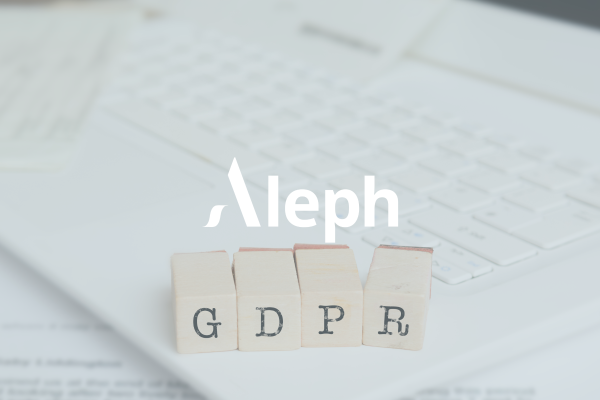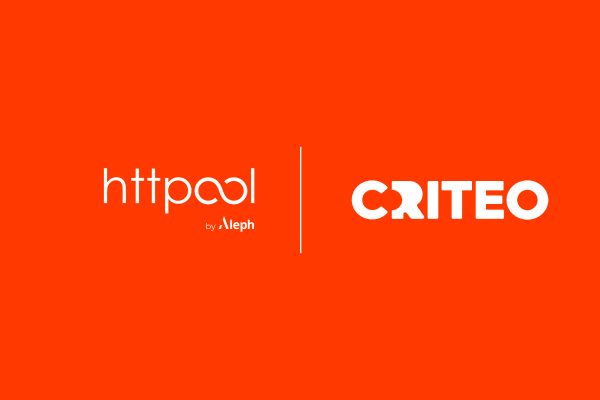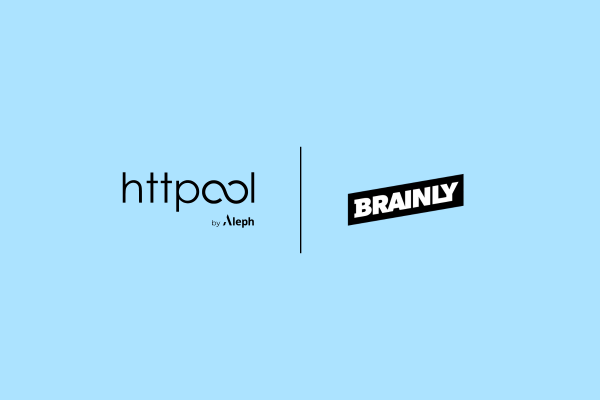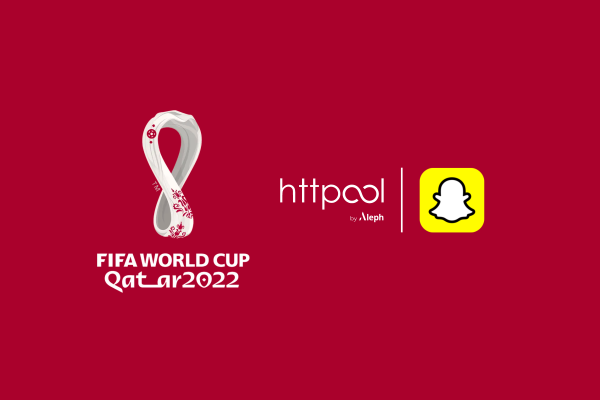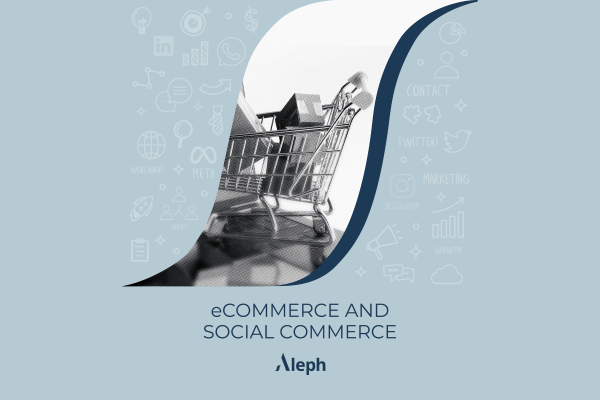
When Google announced their plans to phase out third-party cookies on Chrome browsers, a sudden state of panic commenced amongst digital marketers and advertisers, what do they do without the cookie jar?
Marketers and advertisers have used third-party cookies to learn about their website visitor’s online behaviours for years, including websites visited, purchases made, and interests shown across various websites. With this detailed data, they built visitor profiles and outlined both targeting and retargeting ads.
Although Google has recently extended the cookie deprecation timeline, very soon advertisers will be forced to discover alternatives for campaigns planning. Now is the time to get ahead and begin the journey of discovery, marketers should look at this as an opportunity to be innovative, laying the foundations for a new era of digital advertising.
Contextual targeting is resurging as a possible alternative way to reach consumers across the Open Internet. Contextual targeting has been around for years, however previously overshadowed by third-party data cookies, is now it’s time to shine?
What is Contextual Targeting?
Contextual targeting is a way of displaying ads to a user based on the website’s content, for example, displaying an advertisement for a car on an auto website.
As contextual targeting doesn’t target specific users, it doesn’t require any third-party cookies.
There are various types of Contextual Targeting:
Category contextual targeting: Ads are targeted to web pages that fall into predefined categories
Keyword contextual targeting: Ads are targeted to web pages that match specific keywords
Semantic targeting: It is a more sophisticated form of contextual targeting. It involves using machine learning to understand the meaning of each page of content, rather than just identifying matching keywords on a page.
Is This Outdated or Ineffective?
Contextual targeting has proven a great tool when displaying ads on contextually relevant websites, however fell short in effectively targeting users based on their shopping intentions. For example, if a user is browsing sports related websites, this does not mean that the user will end up buying sports equipment.
Criteo is ahead of the curve, lighting the way with the Digital advertising space when it comes to contextual targeting, realising the potential early, Criteo has built an innovative advertising solution that can be used in a Cookie-less world. Building a 360 contextual targeting solution that allows advertisers to connect their first-party data to real-time contextual signals. This will help advertisers to drive incremental qualified traffic and commerce outcomes in the post-cookie era.
While traditional contextual targeting heavily relies on weak signals like site category or page keywords, Criteo’s contextual targeting solution leverages machine learning as well as first-party data, to understand which media works for an advertiser, and thus also target media lookalikes.
How Does Criteo’s Contextual Targeting Solution Work?
Before we dive into that, let’s understand what first-party data is? First-party data is any data that an advertiser owns. It can be data from the advertiser’s website, app, customer relationship management (CRM), even offline data stored in a customer data platform (CDP), or a data management platform (DMP).
Some businesses might be sceptical of sharing this kind of information, however, with the depreciation of third-party cookies, it is more important than ever that companies gain approval to access and share their customers data, to continue delivering both relevant and personalized ads. The Merkle’s 2021 Customer Engagement Report showed that 88% of marketers believe that collecting and storing more first-party data is a top priority across the next 6-12 months.
Criteo uses this first-party data to analyse all the people who visit and purchase from the advertiser’s website. In tandem, it analyses which products are most displayed across Criteo’s entire media network before being viewed or purchased on an advertiser’s website. With this data, Criteo calculates an Affinity score between each category of products, each domain, or category of domains within Criteo’s network. Criteo can determine to serve a product ad on relevant websites that will drive the most on-site engagement.
Criteo’s AI technology combines traditional contextual signals, with commerce signals using first-party data, and delivers personalized product recommendations, resulting in highly optimized campaigns. Criteo also works with brand safety partners to ensure that ads avoid any association with hate speech, violence, or potentially damaging content.
Therefore, to answer the question of whether contextual targeting can save the digital marketers from the ‘cookiepocalypse’. While Contextual targeting alone won’t be enough to replace third-party cookie-based targeting, it can prove to be an efficient solution if combined with advertisers first-party data, or other solutions like Cohort audiences.
As a marketer, it is now critical to start testing cookie-less ways of both targeting and collecting opt-in first-party data from consumers. Set yourself up for success now within the cookie-less world, ensure you plan and don’t fall behind the line.


